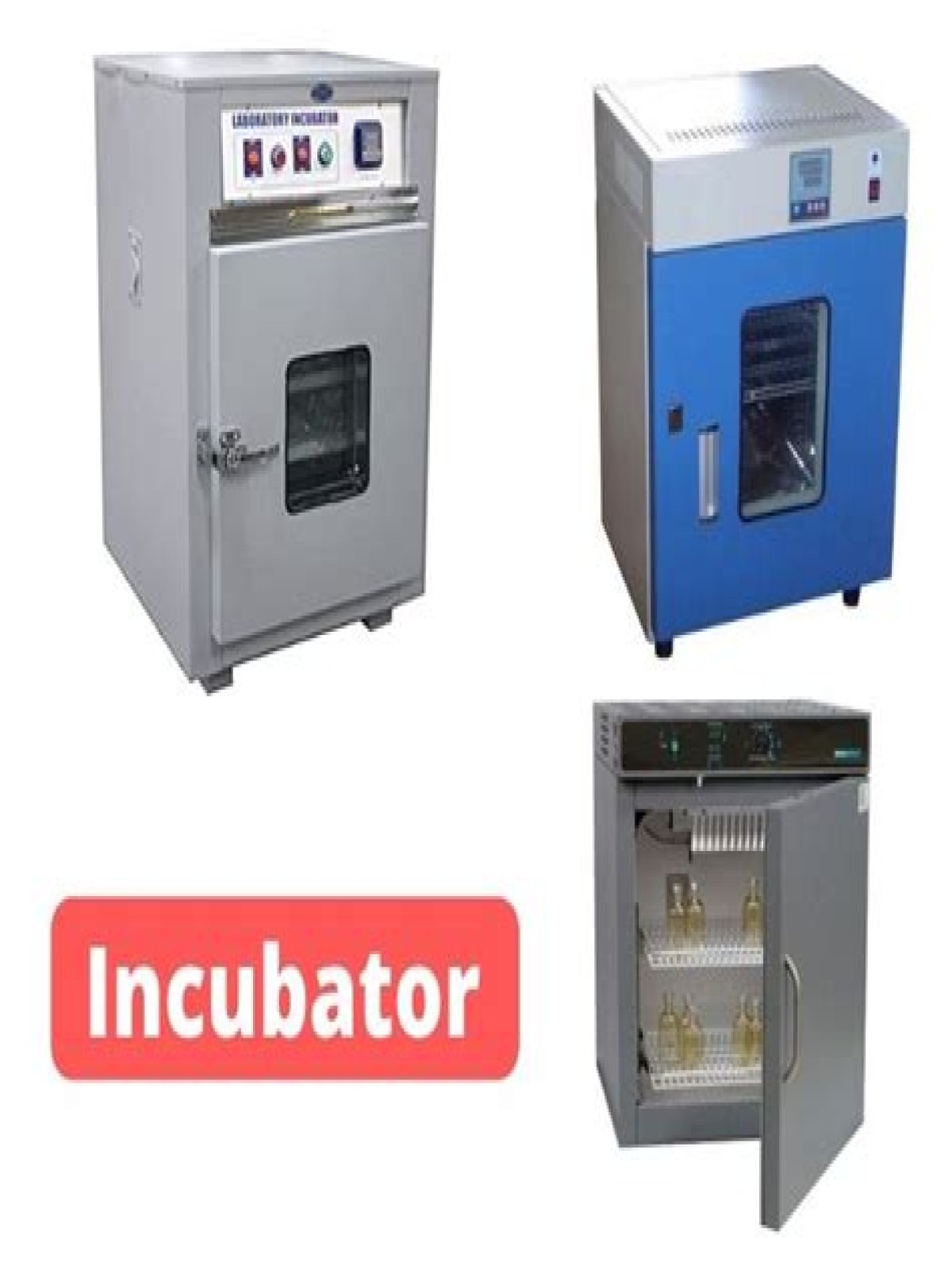Incubation methods
In industrial incubation, there are two common used methods of incubation: single-stage and multi-stage. In single-stage incubation, the incubator contains only eggs of the same embryonic age.
What are the types of laboratory incubator?
Laboratory Incubators Bottle Roller / Tube Roller.CO2 Incubator / Cell Culture Incubator.Dry Bath Incubator / Dry Block Heater.Hybridization Incubator.Hypoxia Incubator / Hyperoxia Incubators.Hypoxic Chamber.Incubators and Microbiology Incubators.Insect Growth Chamber.
What is a 3 use incubator?
A device that incubates an Egg as you walk until it is ready to hatch. Breaks after 3 uses. A more powerful Egg Incubator helps Eggs hatch quickly. Breaks after 3 uses.
What is the function of an incubator?
An incubator is a device used to grow and maintain microbiological cultures or cell cultures. The incubator maintains optimal temperature, humidity and other conditions such as the CO2 and oxygen content of the atmosphere inside.
What are the parts of incubator?
Essential Components You’ll Need to Build Your Own Incubator Container. Heater. Thermostat. Humidity control. Thermometer and hygrometer. Egg Turner. Candler.
What is a microbiology incubator?
A laboratory incubator is a heated, insulated box used to grow and maintain microbiological or cell cultures. The lab incubator maintains optimal temperature, humidity and gaseous content of the atmosphere inside.
What is biochemical incubator?
BOD Incubator (Bio-Oxygen Demand) are used to maintain temperature for test tissue culture growth, storage of bacterial cultures and incubation where high degree of constant temperature accuracy is required. Thermolab BOD Incubators provide with accurate conditions and uniformity throughout the chamber.
What is incubator shaker?
The incubator shaker is a temperature controlled biochemical instrument combining incubation and shaking functions. It is used in cell cultrure, fermentation, hybridization, biochemistry and research of enzyme and cell tissues which require a high quality of temperature control and shaking speed.
What hatches from 10km eggs?
10km Egg (Adventure Sync) hatches Bagon.Beldum.Deino.Dratini.Goomy.Riolu.
Where can I buy 10 km eggs?
1. Spin, Spin, Spin! The easiest method to getting more 10km eggs in Pokémon Go is to spin Pokestops every chance you get. They will randomly drop, and you can either hatch or remove lower-level eggs from your bag and incubators to make room for the 10km prizes.
What’s in 7km eggs?
– 7km Eggs include data from the regular pool. – PokéStop/Gym Eggs include data from the Season of Alola pool. Percentages of Stop/Gym eggs are calculated using data from senior (vetted) researchers. Species rarities use data collected by all researchers.
What is incubator temperature?
Incubator temperature should be maintained between 99° and 100°F. The acceptable range is 97° to 102°F. High mortality is seen if the temperature drops below 96°F or rises above 103°F for a number of hours. If the temperature stays at either extreme for several days, the egg may not hatch.
What is incubator in hospital?
An incubator (or isolette or humidicrib) is an apparatus used to maintain environmental conditions suitable for a neonate (newborn baby). It is used in preterm births or for some ill full-term babies. There is additional equipment used to evaluate and treat sick neonates.
What is cod incubator?
CO2 incubators are sealed, climate-controlled boxes used in life science laboratories to grow biological cell cultures. They are required to maintain the same conditions as inside the human body. 7.4 pH neutral. 98.6°F (37°C)
What is difference between BOD incubator and incubator?
The basic difference between an incubator and BOD incubator is temperature. A general purpose incubator has only heating option and is usually operated at 37°C; while a BOD incubator also known as cooled incubator has both cooling and heating options and usually operated at low temperatures such as 10°C and 21°C.
What is difference between incubator and oven?
Incubators operate in the 25–40degC temperature range (both for hatching eggs, as well as for caring for premature babies). Ovens can go as high as 250C (baking food), 500C (industrial level food baking) or 1000C (used for metallurgical purposes). Beyond 800C they are usually called furnaces.
